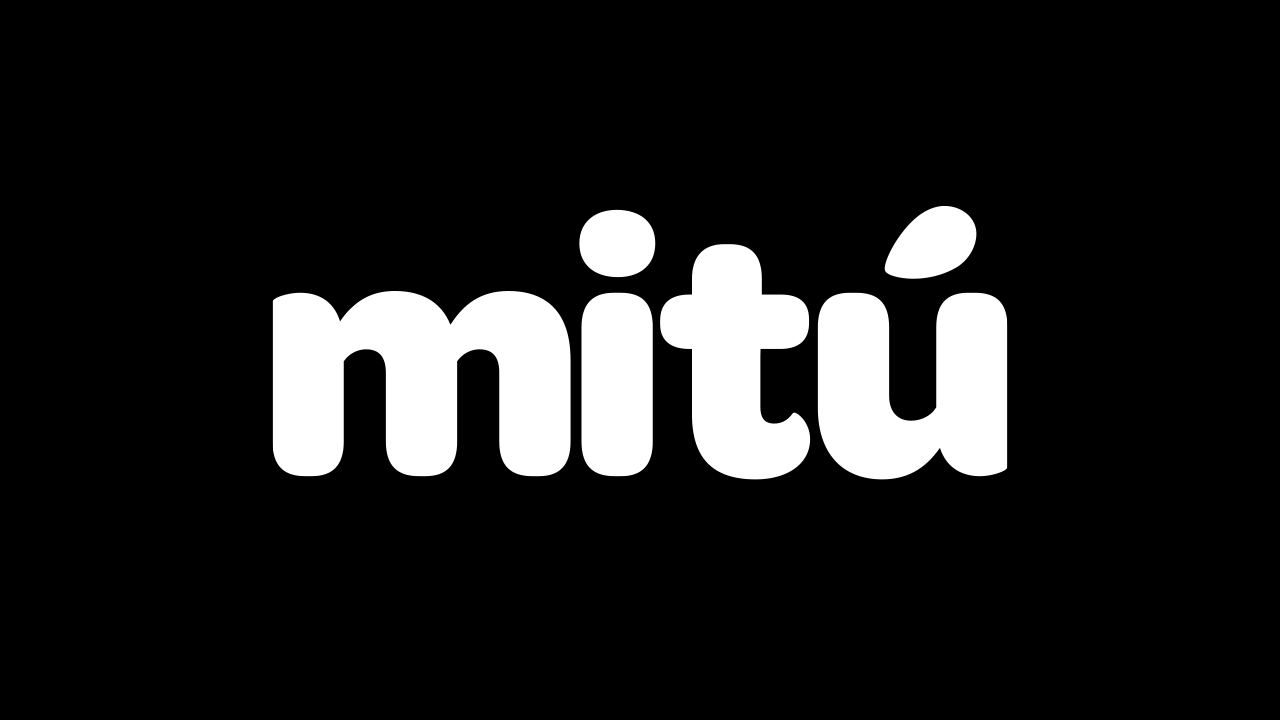From The Language That Brought Us Words Like Chocolate, Here’s The History Of The Nahuatl Language
Aguacate, chocolate, birote, cacahuate, mole, and camote. These words are more than just delicious cultural foods, they are words from our ancestral language: Nahuatl.
Before Spanish was the dominant language spoken in Mexico, we had our mother language, Nahuatl, a language rich in history that has shaped not just our present-day languages like Spanish and English, but also our very own culture and Latinx pride.
Nahuatl, can also be called Aztec or Mexican (with a “sh” sound), is the most widely spoken Indigenous language of North America. It was spoken by the Aztec people, ancestors to present-day Mexicans, Salvadorans, and some Guatemalans. For centuries, it was one of the most widely known Indigenous languages and is still spoken by millions in Mexico and Central America to this day.
The Nahuatl language also has cousins as part of the greater Uto-Aztecan family, a linguistic tree spanning central and northeastern Mexico as well as the American Southwest. It comprises the Huichol language of Nayarit, the Yaqui and Raramuri (Tarahumara) of Chihuahua, the Hopi of Arizona, the Comanche of Texas, the Luiseno of California, the Paiute of Oklahoma, and the Shoshone of Wyoming.
Just like Hollywood had a Golden Age, the Nahuatl language’s golden era was even more golden.
Nahuatl’s Golden Age occurred during the Aztec Empire’s prime power from the early 15th century to the early 16th century. It was during this period that the language expanded from central to western Mexico, the Gulf Coast, and Central America. The greatest empires of the Aztec people where the Nahuatl language flourished were located in Tetzcoco, Mexico-Tenochtitlan, and Tlacopan, also known as the capitals of the Nahuatl Empire.
Before the Spanish colonizers came to the Aztec land, Nahuatl was written in Indigenous pictographic script from it’s beginning to the end of the 17th century.
When Spanish priests started converting the Nahuatl-speaking Mexicas in the 1520s, they began to write the Nahuatl language using the Spanish alphabet. During the 16th century, Spanish priests also collected word lists including grammatical treaties that documented the Nahuatl language, its sounds, and how the Aztecs conversed. The Nahuatl documented in all of these documents, called classical Nahuatl, which labels the formal style of the language. Nahuatl speakers in the pueblos of Mexico tend to speak the more informal Nahuatl.
Franciscan friars in the 16th century were the first to write the Nahuatl language using letters of the Roman (aka Latin) alphabet (which is what the English alphabet is written in). Over time, Nahuatl scholars modified this alphabet to fit Nahuatl sounds. Most Nahuatl words that we see written are written in the way it is spelled in current-day Mexico City. For example “coatl” the Nahuatl word for snake, can be written with both a “k” or “c” but in Mexico City is spelled with a “c” for “coatl.”
That’s not all. The Nahuatl language also played a huge role in Spanish Catholic music and Spanish culture.
According to Javier Marin Lopez in “Musical Cultures in the Reinos de Indias at the Time of Isabel and Ferdinand” music was utilized as the most powerful and influential tool in the shift in history from the early 1500s to the present day. It was also a source that united two completely different kinds of societies, from two different continents across the world, in two different eras during a time of great trauma, colonization, and dehumanization.
In order for Catholic missionaries to achieve full conversion of the Indigenous natives, they needed to reach a compromise by mixing both of their traditions and styles of music. An example of this is Psalmodia Christiana y sermonario de los santos en lengua Mexicana by the Franciscan Bernardino de Sahagun published in 1583 which was a book containing over 333 hymns and songs translated into Nahuatl, the language of the Aztecs. In the Convent of Domingo de Guzman in present-day Mexico and San Juan Ixcoy in present-day Guatemala, a plethora of manuscripts also hold evidence of Mixtec, Nahuatl, and Spanish translations set polyphony, motets, and villancicos. In History of Western Music, towards the end of the 17th century, many of these pieces used originally during mass were also being performed outside of the mission with double or triple choruses accompanied by small orchestras wind and string instruments, also stated in Music in the Andes.
Today, Nahuatl is spoken by millions of people in different dialects in both Mexico and Central America.
Some dialects vary by region in southern Mexico City, the region of Puebla, and Cholula, Tlaxcala, the Huasteca area and San Luis Potosi, Queretaro, Hidalgo and Veracruz, Jalisco and Michoacan, the Isthmus of Tehuantepec, and El Salvador.
A language that was attempted to be used as a tool of assimilation during colonization, is a language that shapes everything about our Spanish and even English language today. In recent years, we’ve even seen a comeback in the interest and pride of the Nahuatl language and Nahuatl literature both in Mexico and the United States. Mexican composer, Salvador Moreno, even wrote a Nahuatl song cycle entitled 4 Canciones en Nahua. Additionally, La Universidad Veracruzana Intercultural in Mexico became the first university to offer a Masters in Nahuatl called “La Maestría en Lengua y Cultura Nahua.”
Nahuatl. More than a language. More than an Indigenous tongue that one could assume is a dead language. But it is not. It is alive and thriving. It is a language that speaks the Mestizo’s very existence. The word “Nahuatl” actually translates to speak “beautiful, clear or intelligent.” Ca ye! Ninahuatlahtoa. Oh yeah! I speak beautifully.
Click here to learn more about all the places that are Just An Amtrak Away.
This article has been updated for accuracy.




